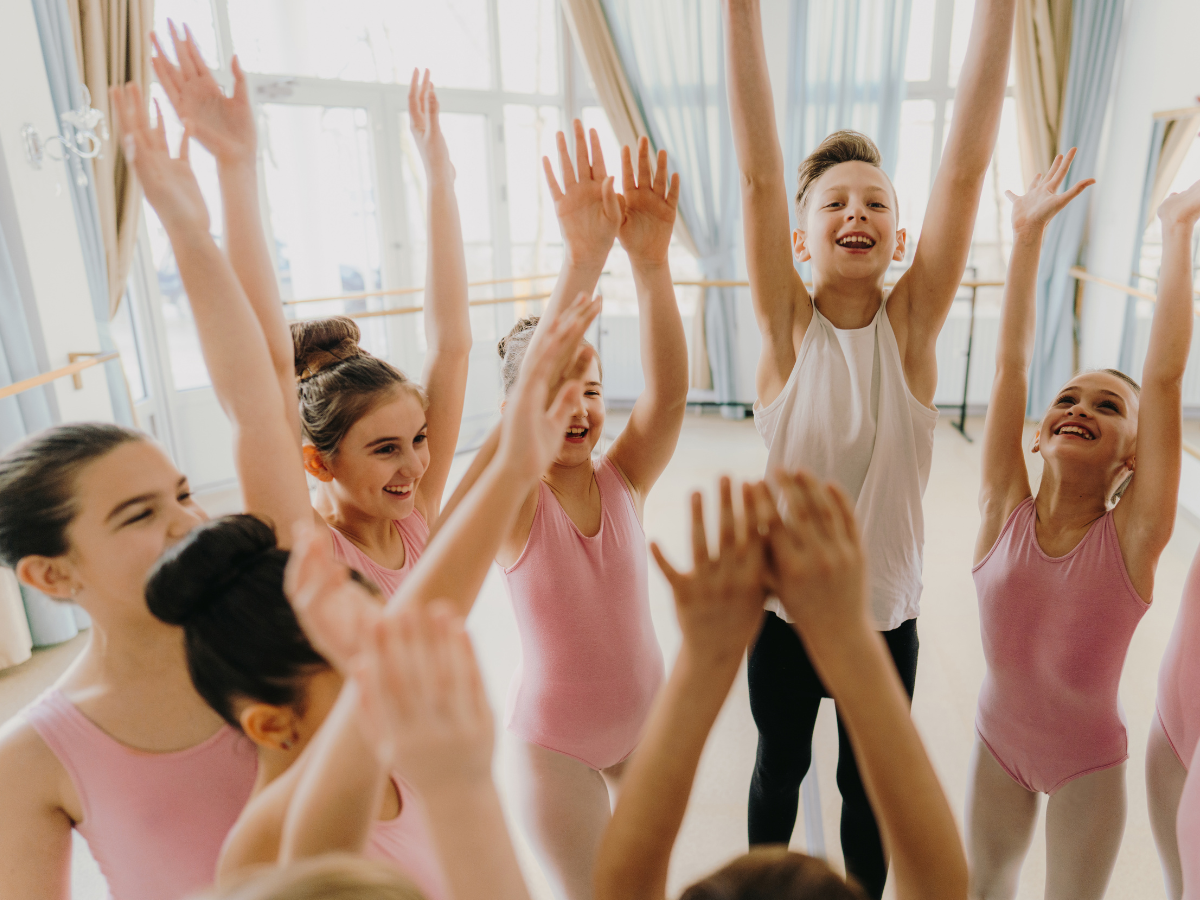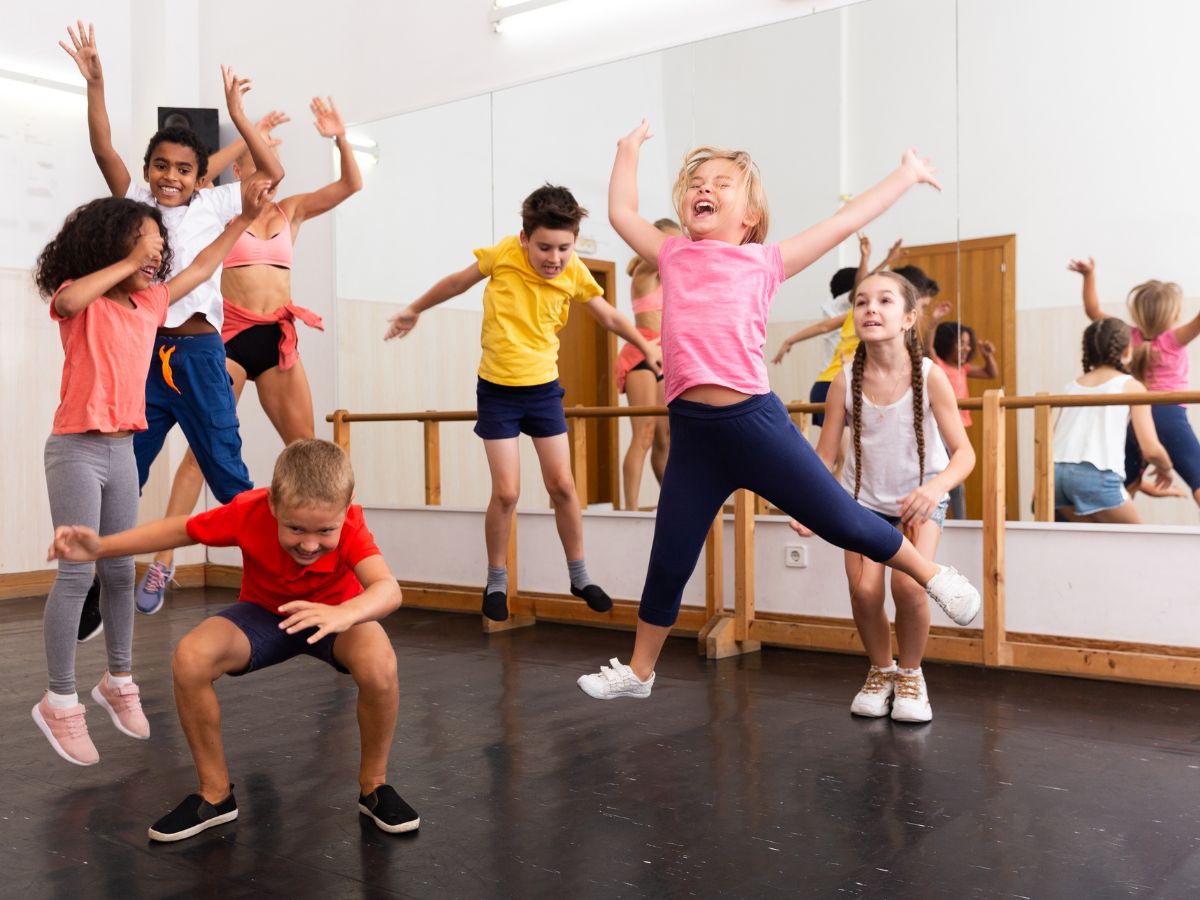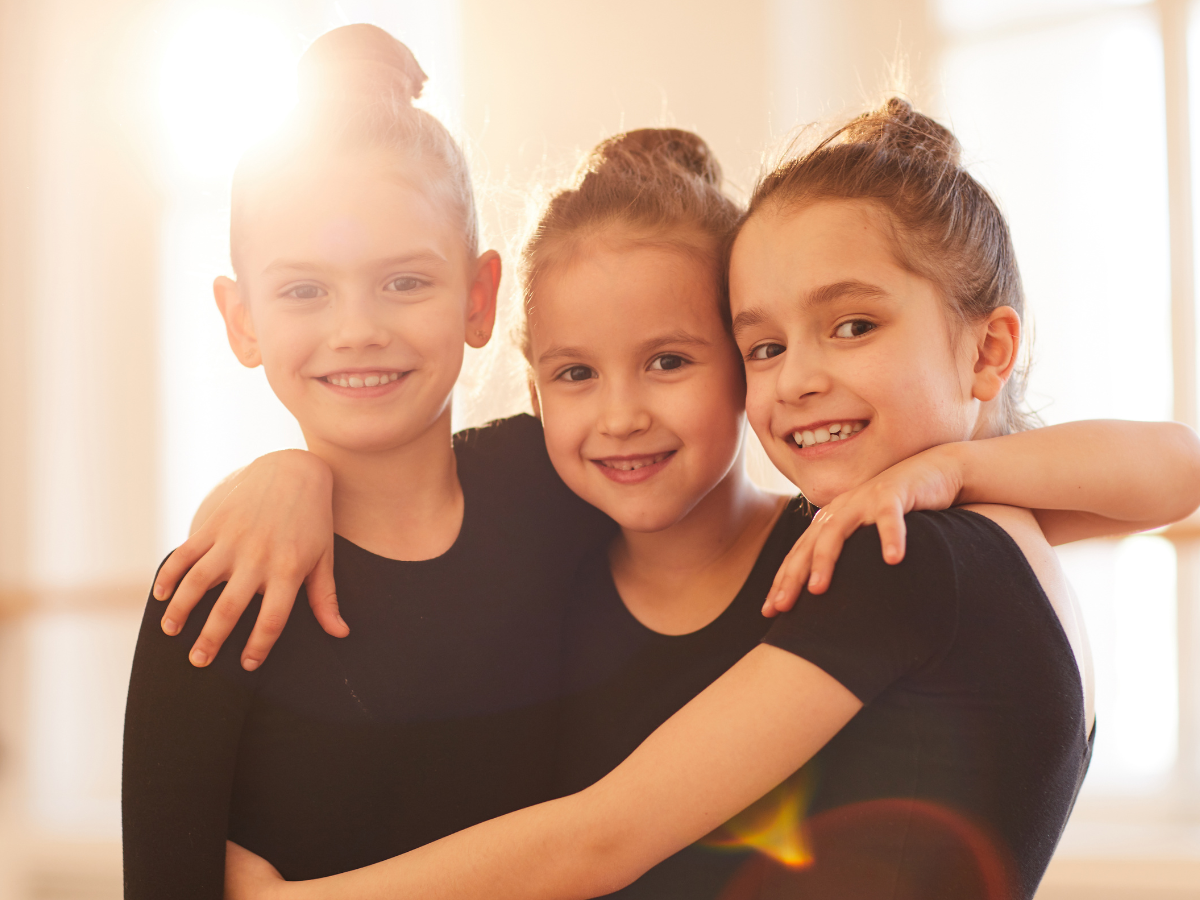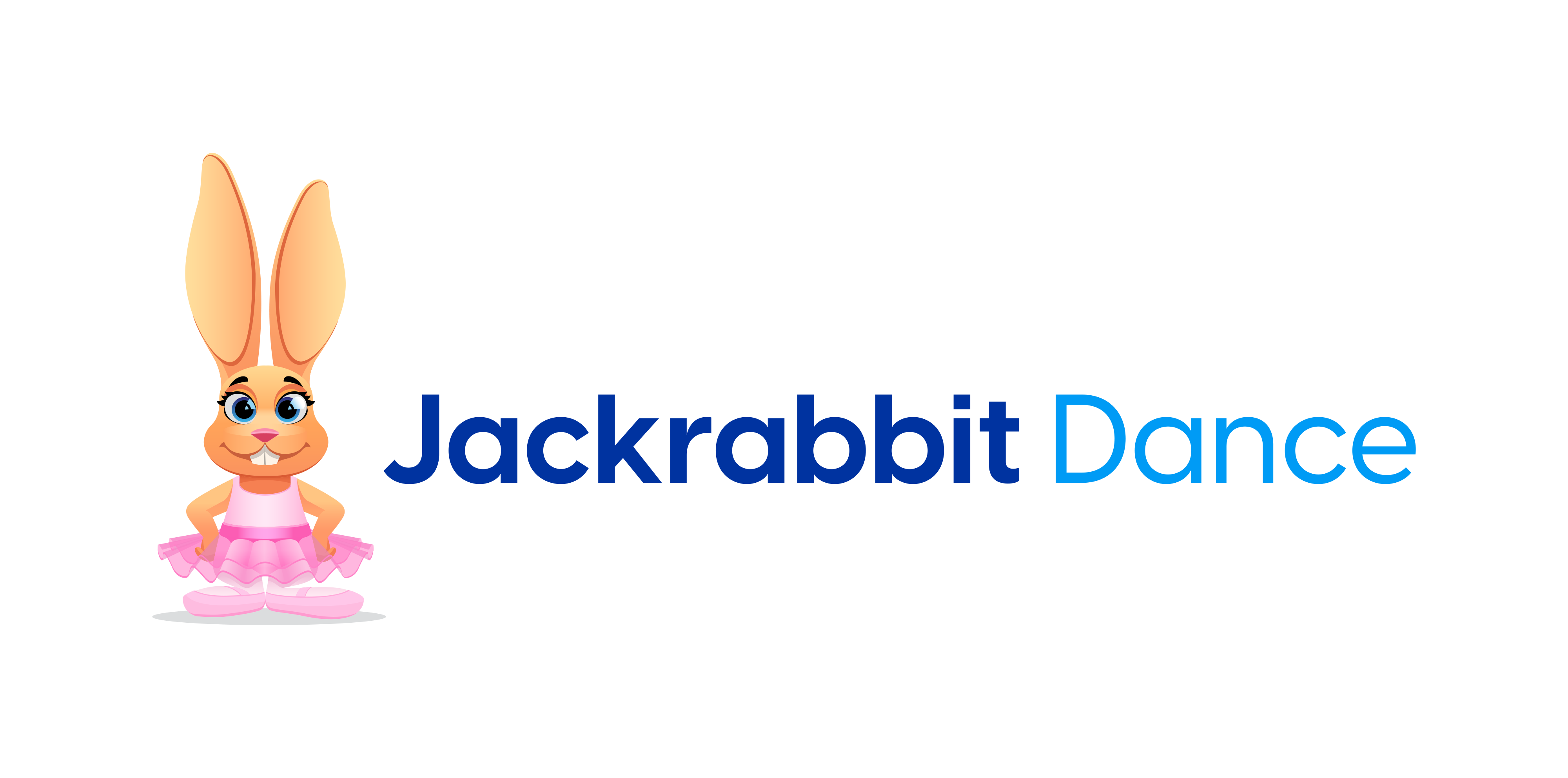“Skipping requires balance, symmetry in muscle use, self-esteem and some natural coordination. It is often used as an indicator of ‘readiness to learn’ academic subjects. It is expected that children in a dance class will learn to skip. Skipping is a complex skill composed of and built upon several more basic skills.”
Teachers have asked me before, “Why do you do skips as a warm-up for ballet class? Shouldn’t they be starting their class at the barre?” I have already addressed the issue of deciding to start a class at the barre too soon, but I did want to provide a solid basis for my reason–and Ruth Brinkerhoff’s reason, as well –for teaching skips as a basic fundamental skill.
Coordination Starts with Skips
In the Level 2 Curriculum Book, Brinkerhoff explains the basics of coordination. She says that “symmetry is a very important development of balance in the neuromuscular system. This muscle balance enables the child to develop a sense of balance against gravity.”
There are two kinds of symmetry and balance:
- Both sides of the body do the same thing at the same time (both arms or both legs). These are symmetrical movements.
- Movements where both sides of the body do the same thing, but one at a time, and with only one repetition, as in walking or running. This type of action is “immediately reversing” and has the effect of symmetry on the neuromuscular system.
Skipping is one of the best examples of symmetrical coordination. However, not every student comes into dance class and knows how to skip properly right away. It is actually becoming more and more rare to have a classroom full of young students who have all mastered the skill of skipping.
Listed below are 12 basic skills that should be focused on prior to teaching them to skip. These skills are expected to be learned around the age of 6, but there are children who will still not grasp skipping right away.
Twelve Pre-Skipping Skills
1. Standing: Stand evenly on two feet, feet matched, arms relaxed at sides. Lift arms straight up to a natural 2nd position, slightly below shoulder level, hands facing the floor. Child should show good symmetry, and good balance.
2. Walking: Walking should show a smooth action, steps of equal length; equal use of both legs. Arms are relaxed and freely moving in any pattern natural to the child.
3. Running: Runs are executed with smooth action, steps of equal length; equal use of both legs: arms relaxed and freely moving in any pattern natural to the child.
4. Crawling (creeping) on hands & knees: The knees are picked up, not dragged. Child allows equal use of both sides of body, good sense of balance, arms and thighs used approximately perpendicular to the floor.
5. Jumps (on two feet): Child shows an equal or nearly equal use of both legs, correct knee action. Child also pushes some with feet to help himself or herself get off the floor.
6. Hops (on one foot): Child shows an equal or nearly equal use of both legs, correct knee action. Child also pushes some with feet to help himself or herself get off the floor.
7. Arm Movements: Child can swing arms forward and back, in unison or alternating.
8. Head Movements and Balance: Child’s head is generally held upright, level, balanced, and centered over the shoulders. Child can do the three basic head movements: nodding up and down, turning from side to side, and inclining to right and to left with face to the front.
9. Feet flexing and extending: Child can flex and extend feet at the ankle joints.
10. Marching: Lift thighs to a horizontal alignment, arms swinging in any pattern natural to the child.
11. Galloping Forward: Child should be able to use either foot in front. Arms are left free to move as is natural to the child, or hands can be placed on waist.
12. Side Gallops: Child should be able to go both directions.
Excuse the corny title to this blog. I couldn’t help it: Teachers should not skip out on teaching their young ones how to skip properly! You may find that some of your older students could use a reminder on how to skip as well. That definitely happened for me. I’ve had students as old as 9 years-old who still couldn’t skip well. Fundamental coordination development is crucial throughout the beginning years of ballet, otherwise how can we build without a foundation?






